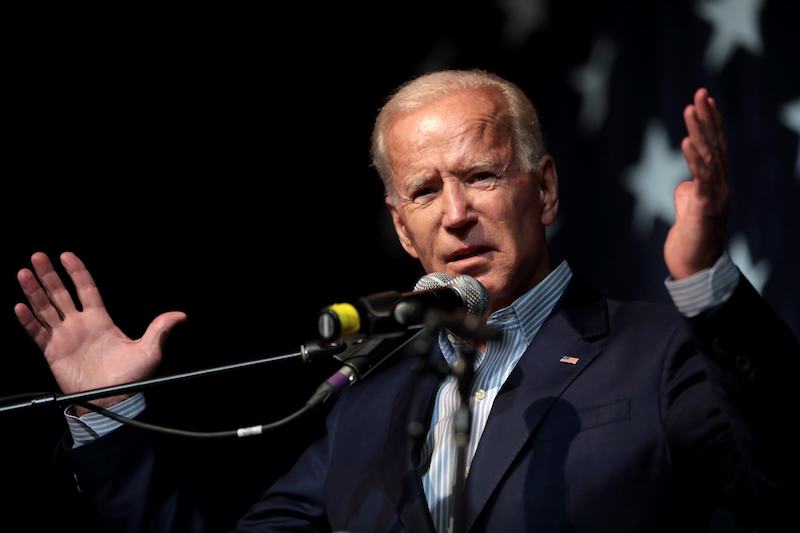P&GJ Analysis: Biden’s ‘Big Project’ Environmental Reviews
(P&GJ) — With the Biden administration bringing back a stricter review process for pipeline and other major infrastructure projects later this month – it seemed like a good time to look at the origin of the policy and what the change will entail.
The National Environmental Policy Act (NEPA) – the guidelines in question – dates back more than 50 years and to an increasing extent in recent years had been used by communities, landowners and environmental activists to bog down the permitting of pipelines by pointing to standards within the Act that required what was broadly termed “environmental accountability.”
In other words, federal agencies had to consider the potentially damaging effect of pipelines projects, prior to approving them, and see to it that there would be proper remediations in place. Not only that the approval process required that pipeline companies and regulators take into consideration the potential indirect ill-effects of projects and environmental problems that might occur during the coming years.
NEPA policy, well-intended or not, was at the heart of the cancellation of several large projects in recent years, in some cases doing so by causing the final permitting process to drag for so long that the pipeline itself was no longer financially viable. The most famous project shot down largely due to the NEPA criteria was the Keystone XL.
The NEPA guidelines were in effect more-or-less in their original form from 1969 until 2020 when the Trump administration changed the rule to restrict the time allowed for public comments and environmental review. Possibly more significantly, the alterations allowed federal officials to ignore a project’s aggregate effects on communities and the environment, such as climate change.
While the Trump-era changes were widely hailed by midstream and other energy companies at the time for eliminating some of the red-tape and other delays to the process, the less-restrictive guidelines also prompted some permitting problems of their own.
Increasingly, anti-pipeline forces were able to mount court challenges that claimed projects had not undergone sufficient analysis from the government or the projects’ owners prior to being permitted. This argument has become increasing successful over the past two years and had much to do with the additional delays experienced by the Mountain Valley pipeline.
So, while many business groups and pro-pipeline lawmakers have criticized the change back to the pre-2020 NEPA criteria, and not without reason, others have been advancing a counter-argument in which they see a potential silver-lining:
If the federal review process going forward is more rigorous, the results should provide stronger evidence of the of the project’s safety and benefits (or lack of potential harm) when challenged in court.
Related News
Related News

- Keystone Oil Pipeline Resumes Operations After Temporary Shutdown
- Freeport LNG Plant Runs Near Zero Consumption for Fifth Day
- Biden Administration Buys Oil for Emergency Reserve Above Target Price
- Mexico Seizes Air Liquide's Hydrogen Plant at Pemex Refinery
- Enbridge to Invest $500 Million in Pipeline Assets, Including Expansion of 850-Mile Gray Oak Pipeline
- Evacuation Technologies to Reduce Methane Releases During Pigging
- Editor’s Notebook: Nord Stream’s $20 Billion Question
- Enbridge Receives Approval to Begin Service on Louisiana Venice Gas Pipeline Project
- Mexico Seizes Air Liquide's Hydrogen Plant at Pemex Refinery
- Russian LNG Unfazed By U.S. Sanctions





Comments